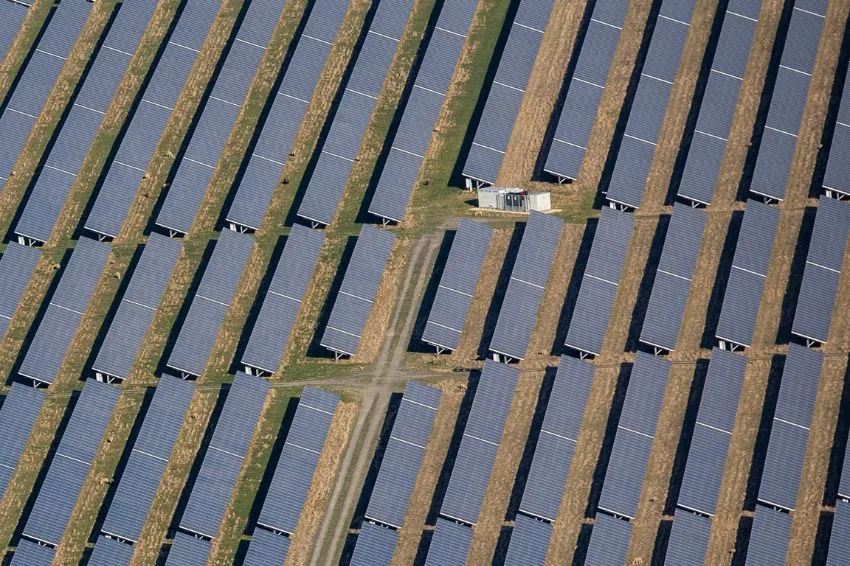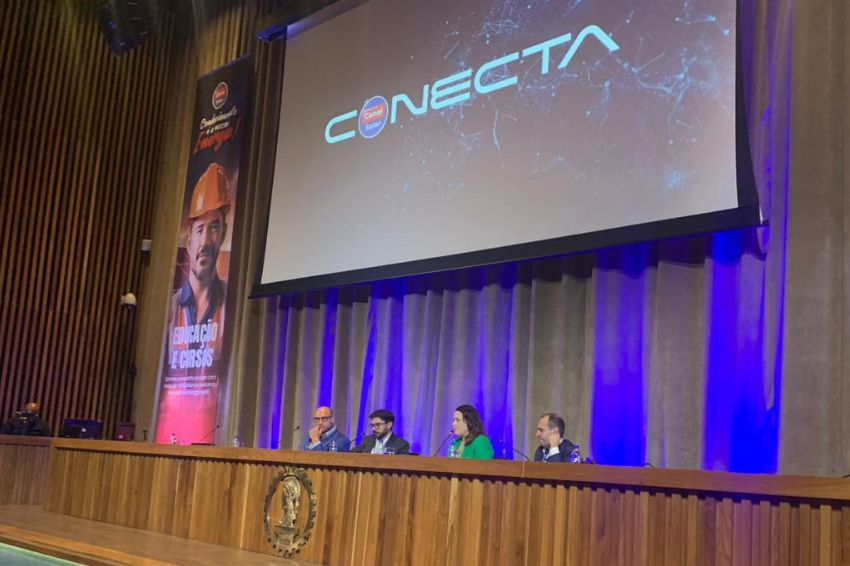Consumers in the free energy market in the North and Northeast regions should experience an average reduction of up to 30% in TUST (Transmission System Usage Tariffs), said Sandoval Feitosa, general director of ANEEL (National Electric Energy Agency).
The statement was made during a meeting held this Wednesday (26) with the electric vehicle manufacturer BYD, which in turn will invest R$ 3 billion in the installation of three factories in the Camaçari industrial complex, in Bahia.
Know more: BYD announces factory in Bahia with investment of R$ 3 billion
In Bahia, the estimate is an average reduction of 25% in the transmission costs that make up the state's electricity bill, and at the point where the industry will be installed, a reduction of around 30% is projected at the end of the methodological transition approved by the ANEEL, which will happen in the coming years, with the factory already in full operation.
“This investment by BYD is very important for ANEEL and we are excited about the possibility of contributing to a significant reduction in the transmission tariff of around 30% in a phased manner over the next four years”, stated Feitosa.
In recent years, consumers in the North and Northeast paid more for the usage tariff because they are energy importers and, consequently, demand more from the transmission network. With the generation of the Belo Monte plant in the North and the expansion of wind and solar plants in the Northeast, the two regions went from importing to exporting energy.
Given this scenario, ANEEL approved the new methodology for calculating Transmission System Usage Tariffs – locational TUST – which provides for a reduction in tariffs for consumers located in the North and Northeast states, as they are closer to energy generation.
The new methodology for calculating TUST and TUSD (Tariffs for Use of the Distribution System) for generation plants connected to 88 KV and 138 kV (TUSD-g) was approved by the ANEEL board in September 2022. The application will take place over five tariff cycles, from 2023 and until 2027.
The new regulation was widely discussed with the electricity sector for five years, with five phases of discussion and three RIA (Regulatory Impact Analysis) reports.
TUST is an important component, as it represents the cost of the Brazilian transmission system for network users. For free market consumers, this represents a significant reduction in energy costs.
The Brazilian transmission system is 179.3 thousand km long, expected to expand to 216.7 thousand km in 2027.















